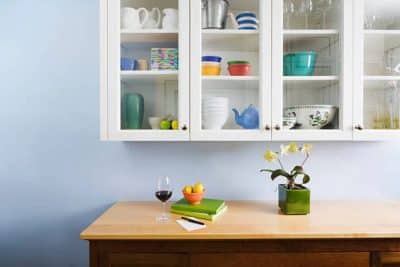Houseplants are the best when it comes to bringing that cozy feeling to your apartment. However, one question that may arise is what to do if you’re someone who doesn’t have a green thumb or is too busy to commit to regular plant care. Without sufficient attention, plants may droop, turning your green oasis into a disaster. Many people choose to avoid having plants at home because of this, but it doesn’t have to be the case for you. In this article, we will highlight ten low-maintenance indoor plants that can thrive with minimal effort, perfect for even the busiest plant lovers.
Top Low-Maintenance Indoor Plants and Flowers
1. Aloe Vera Plant

Aloe vera is a succulent plant known for its thick, serrated leaves and minimal stem. The name “aloe” comes from the Latin word for “bitter,” a nod to the taste of the plant’s sap. Aloe vera isn’t just an attractive and easy-to-care-for plant; it’s also incredibly useful. The gel found inside the leaves is soothing for minor cuts and burns, making it a great natural remedy to have on hand.
Care Tips:
Aloe vera thrives in bright, indirect sunlight, but be careful not to place it directly in a sunny window where the intense light might cause the leaves to turn yellow. It prefers a dry environment, so only water it when the soil is completely dry. During the winter months, reduce watering even further, as the plant enters a period of dormancy. Aloe vera also helps to purify the air, removing toxins like formaldehyde and benzene, making it a beneficial addition to your living space.
2. ZZ Plant
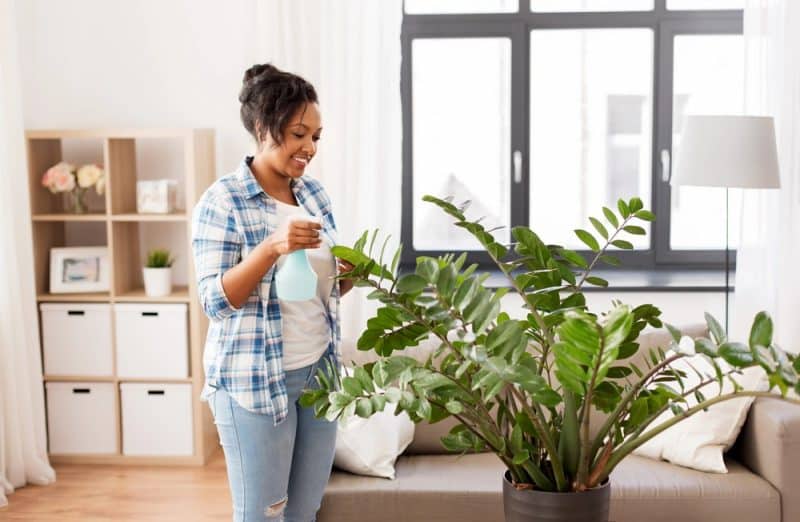
The ZZ plant, also known as Zamioculcas zamiifolia, is often referred to as the “eternity plant” due to its ability to thrive on neglect. It features dark, shiny green leaves that are not only beautiful but also incredibly hardy. The ZZ plant can survive in low-light conditions and can go without water for extended periods, thanks to its rhizomes that store moisture.
Care Tips:
This plant is perfect for those who are often away or simply forget to water their plants. During the winter months, you can water it even less frequently, as the ZZ plant requires very little hydration. For optimal growth, fertilize the plant once a month during the growing season by mixing fertilizer with water. Given the right conditions, a ZZ plant can grow up to a meter tall, so make sure to provide enough space for it to reach its full potential.
3. Indoor Azaleas
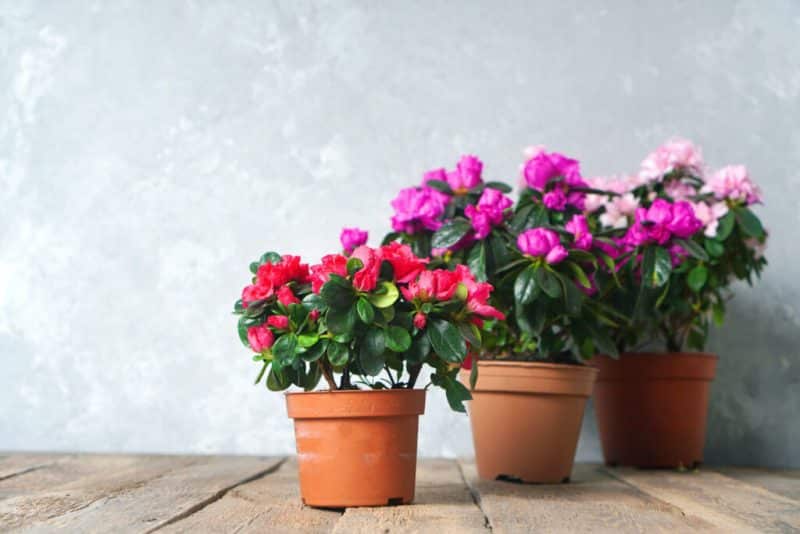
Azaleas are known for their enchanting blooms, which can add a splash of color to your home from September to April. These flowers are often vibrant and striking, providing a beautiful contrast to their dark green foliage. The variety of colors available makes azaleas a unique and eye-catching addition to any room.
Care Tips:
Although they look delicate, indoor azaleas require minimal care. They thrive in cooler temperatures and prefer indirect sunlight. Keep the soil consistently moist, but be careful not to overwater. You can also mist the leaves occasionally to maintain humidity. With the right care, azaleas will reward you with abundant blooms that brighten up any space.
4. Ponytail Palm Tree

The ponytail palm, or Beaucarnea recurvata, is a quirky and stylish plant known for its bulbous trunk and cascading, curly leaves. Despite its palm-like appearance, it’s actually a member of the agave family. This plant is a perfect match for those who tend to forget about watering, as it stores water in its trunk.
Care Tips:
Ponytail palms thrive in dry soils and need to be watered only once every three to four weeks. Originating from sunny Mexico, these plants are well-adapted to drought conditions and can withstand a bit of neglect. They do best in bright, indirect sunlight but can also tolerate lower light levels. If you want to encourage growth, place the palm in a sunny spot and watch it flourish.
5. Snake Plant
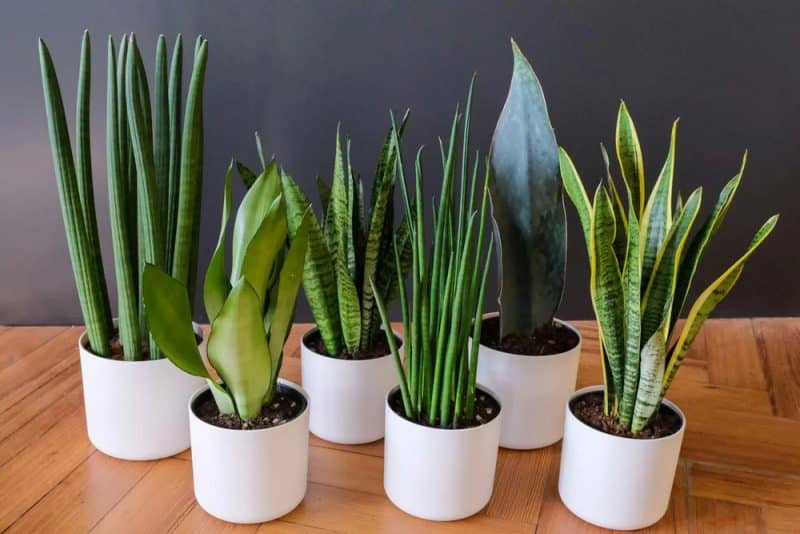
The snake plant, or Sansevieria, is one of the most forgiving houseplants you can find. It features tall, rigid leaves that can have striking patterns, ranging from dark green to yellow-edged varieties. Native to tropical Africa, snake plants are incredibly resilient and can survive almost any indoor condition.
Care Tips:
One of the few challenges with snake plants is avoiding overwatering, which can lead to root rot. Make sure the soil is completely dry before watering again, and reduce watering in the winter months. Snake plants prefer indirect sunlight but can tolerate low light as well. They are also excellent air purifiers, helping to remove toxins like formaldehyde and benzene from the air.
6. Rhipsalis Plant
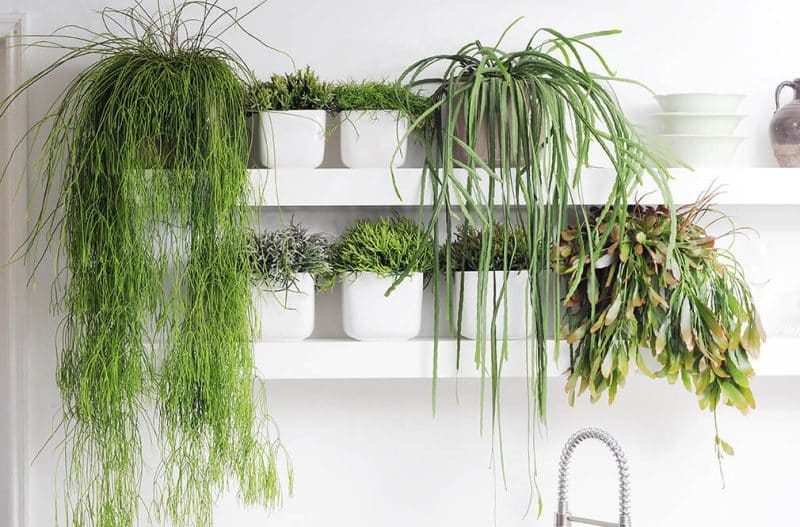
Rhipsalis, also known as the mistletoe cactus, is a fascinating plant that adds a unique touch to any indoor space. Unlike most cacti, Rhipsalis doesn’t have spines and features long, trailing tendrils that can grow up to several feet in length, making it ideal for hanging pots.
Care Tips:
Rhipsalis plants are low-maintenance and thrive in a range of light conditions, although they prefer brighter environments. They don’t need frequent watering; once a week is sufficient. You can also trim the tendrils if they become too long, without harming the plant. This makes Rhipsalis a great choice for those who want an interesting, easy-to-care-for plant.
7. Yucca

Yucca palms are classic houseplants known for their architectural appearance and hardiness. With their sword-like leaves and sturdy trunks, yuccas can bring a touch of the desert into your home. They are incredibly drought-resistant, making them perfect for those who might forget to water their plants.
Care Tips:
Yuccas prefer bright, direct sunlight and should be placed in a spot where they can soak up the sun’s rays. Water them sparingly, allowing the soil to dry out completely between waterings. Yuccas are slow-growing, so they won’t require frequent repotting, and they can tolerate a range of temperatures, making them very adaptable.
8. Jade Plant

The jade plant, or Crassula ovata, is a popular succulent known for its thick, fleshy leaves that are often edged in red. It’s a symbol of good luck and prosperity, making it a popular gift. Jade plants are incredibly easy to care for and can live for many years, often being passed down from generation to generation.
Care Tips:
Jade plants thrive in bright light and should be placed in a sunny window. They prefer dry conditions, so be sure to let the soil dry out between waterings. Overwatering is the most common mistake with jade plants, so err on the side of caution. With proper care, your jade plant can grow into a small tree, bringing beauty and good fortune to your home.
9. Monstera
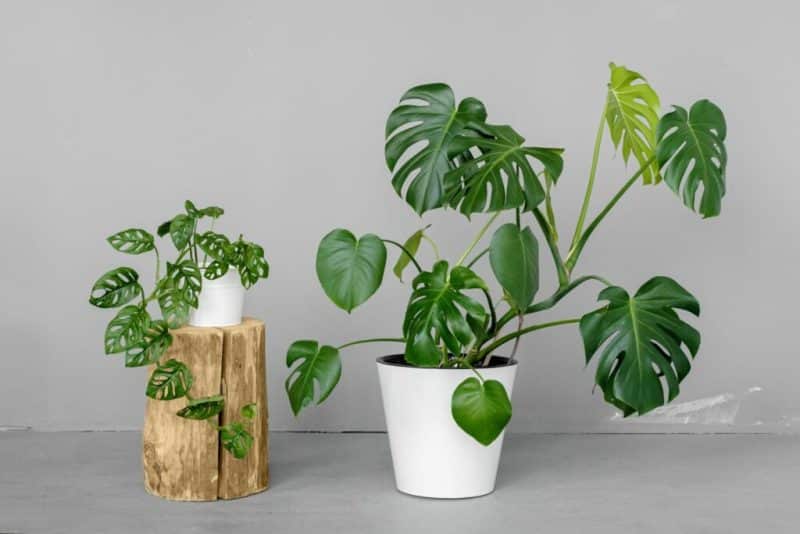
The Monstera, also known as the Swiss cheese plant, is famous for its large, uniquely split leaves that give it an exotic look. These plants are not only visually stunning but also easy to care for, making them a favorite among indoor gardeners.
Care Tips:
Monstera plants prefer bright, indirect sunlight and should be watered regularly, allowing the soil to dry out slightly between waterings. They can grow quite large, so be prepared to repot them every few years as they outgrow their pots. To keep your Monstera looking its best, dust the leaves occasionally to prevent the buildup of dust and enhance its ability to photosynthesize.
10. Echeveria
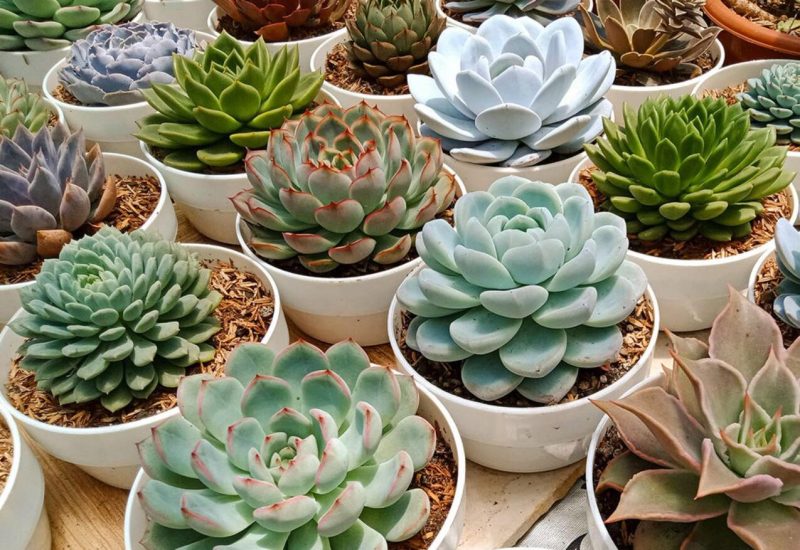
Echeveria is a genus of succulents known for their rosette-shaped leaves and stunning variety of colors. Whether green, red, purple, or even blue, Echeveria plants are perfect for adding a pop of color to your home. They are extremely low-maintenance, making them ideal for busy individuals or those new to plant care.
Care Tips:
Echeverias prefer bright, direct sunlight and should be watered sparingly. Allow the soil to dry out completely before watering again, as these plants are very sensitive to overwatering. Echeverias can be grown indoors or outdoors and are perfect for creating succulent gardens or adding to mixed plant arrangements. With minimal effort, these hardy plants will thrive and bring a touch of nature into your living space.
Conclusion
These ten low-maintenance indoor plants are perfect for anyone looking to add some greenery to their home without the hassle of high-maintenance care. Whether you’re a busy professional or a novice gardener, these plants will thrive with minimal attention. Once you gain more confidence in plant care, you can explore more complex varieties like peacock plants, zebra plants, and even the fascinating Venus flytrap. With the right approach, you can enjoy the benefits of houseplants, no matter your level of experience.








